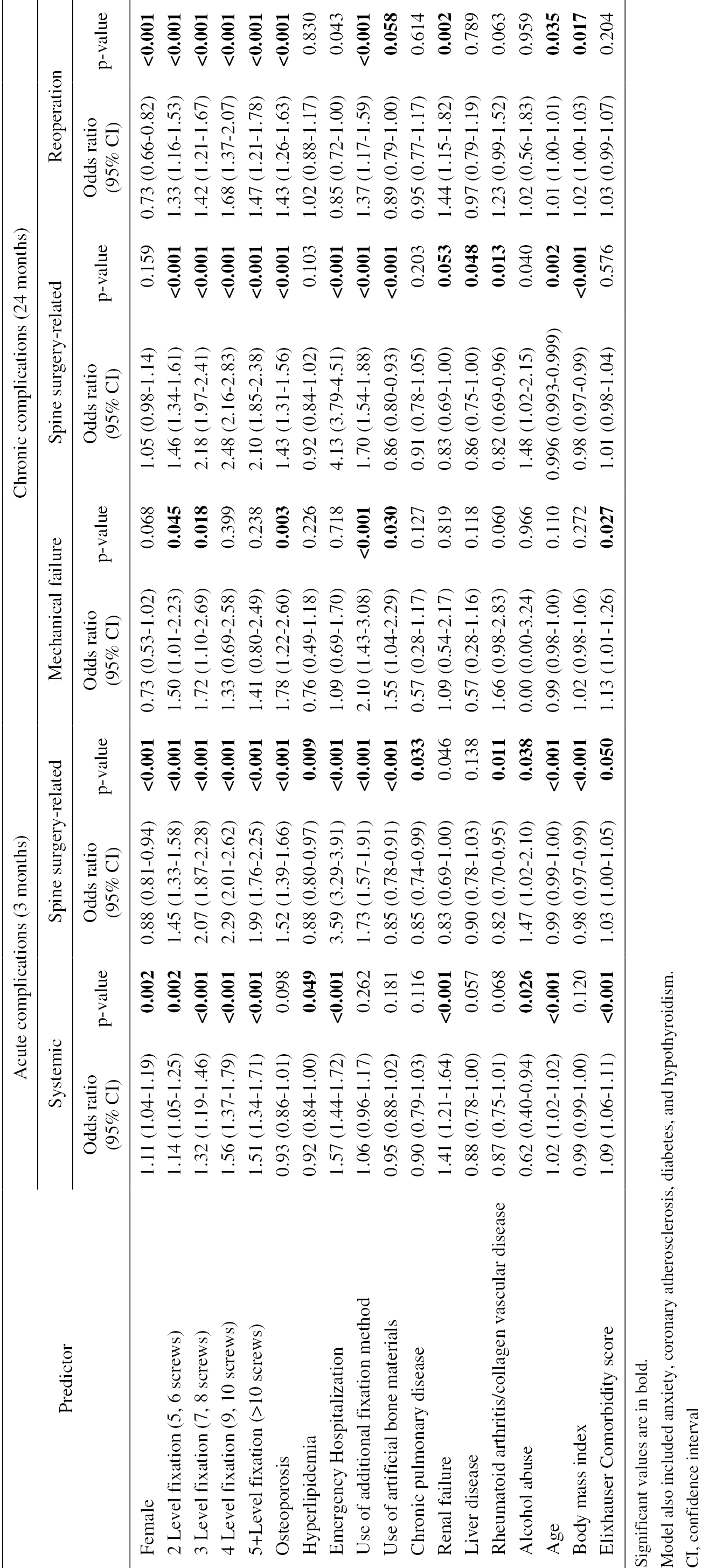Current issue
Displaying 1-13 of 13 articles from this issue
- |<
- <
- 1
- >
- >|
SPECIAL ARTICLE: GUIDELINES
-
2024 Volume 8 Issue 2 Pages 119-132
Published: March 27, 2024
Released on J-STAGE: March 27, 2024
Advance online publication: February 14, 2024Download PDF (131K)
REVIEW ARTICLE
-
2024 Volume 8 Issue 2 Pages 133-142
Published: March 27, 2024
Released on J-STAGE: March 27, 2024
Advance online publication: September 04, 2023Download PDF (322K) -
2024 Volume 8 Issue 2 Pages 143-154
Published: March 27, 2024
Released on J-STAGE: March 27, 2024
Advance online publication: August 10, 2023Download PDF (673K)
ORIGINAL ARTICLE
-
2024 Volume 8 Issue 2 Pages 155-162
Published: March 27, 2024
Released on J-STAGE: March 27, 2024
Advance online publication: November 02, 2023Download PDF (393K) -
2024 Volume 8 Issue 2 Pages 163-170
Published: March 27, 2024
Released on J-STAGE: March 27, 2024
Advance online publication: October 13, 2023Download PDF (108K) -
2024 Volume 8 Issue 2 Pages 171-179
Published: March 27, 2024
Released on J-STAGE: March 27, 2024
Advance online publication: December 27, 2023Download PDF (814K) -
2024 Volume 8 Issue 2 Pages 180-187
Published: March 27, 2024
Released on J-STAGE: March 27, 2024
Advance online publication: October 13, 2023Download PDF (835K) -
2024 Volume 8 Issue 2 Pages 188-194
Published: March 27, 2024
Released on J-STAGE: March 27, 2024
Advance online publication: November 02, 2023Download PDF (89K) -
2024 Volume 8 Issue 2 Pages 195-202
Published: March 27, 2024
Released on J-STAGE: March 27, 2024
Advance online publication: November 02, 2023Download PDF (222K) -
2024 Volume 8 Issue 2 Pages 203-211
Published: March 27, 2024
Released on J-STAGE: March 27, 2024
Advance online publication: November 02, 2023Download PDF (669K) -
2024 Volume 8 Issue 2 Pages 212-217
Published: March 27, 2024
Released on J-STAGE: March 27, 2024
Advance online publication: November 02, 2023Download PDF (254K)
CLINICAL CORRESPONDENCE
-
2024 Volume 8 Issue 2 Pages 218-220
Published: March 27, 2024
Released on J-STAGE: March 27, 2024
Advance online publication: October 13, 2023Download PDF (636K) -
2024 Volume 8 Issue 2 Pages 221-224
Published: March 27, 2024
Released on J-STAGE: March 27, 2024
Advance online publication: October 13, 2023Download PDF (1714K)
- |<
- <
- 1
- >
- >|












